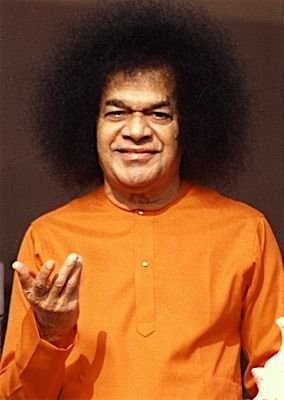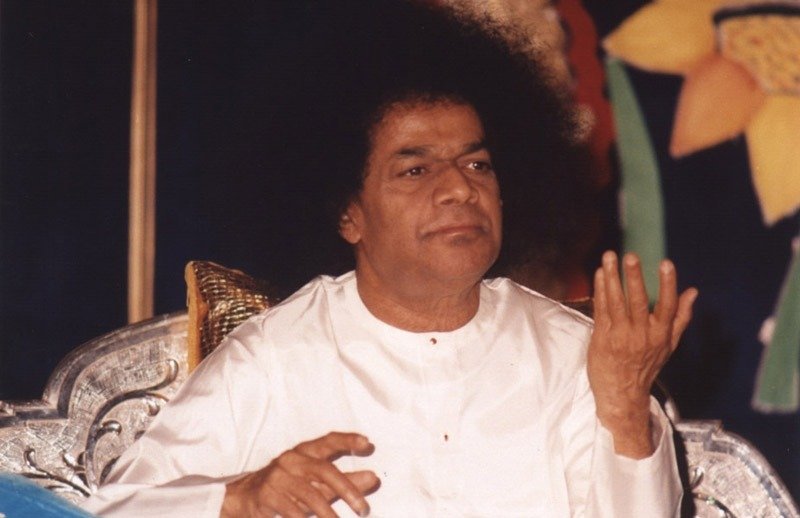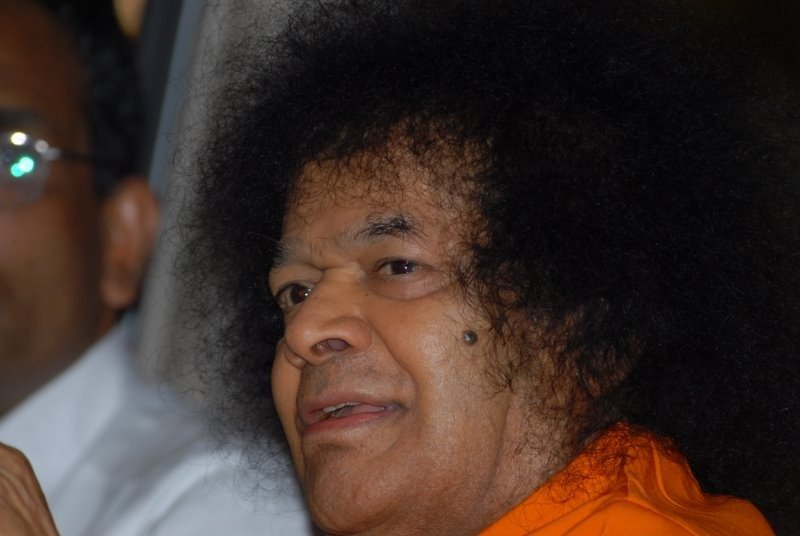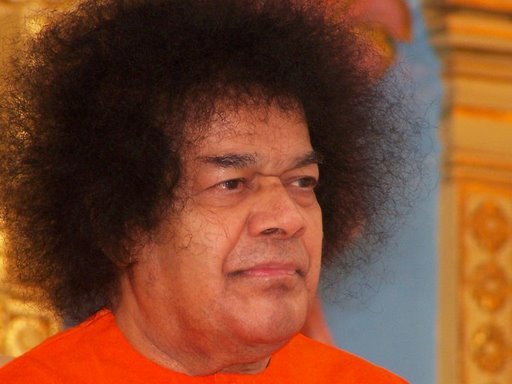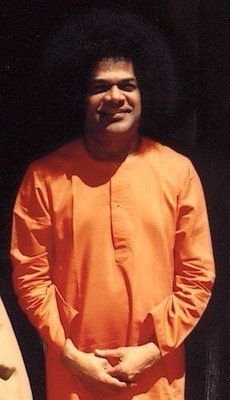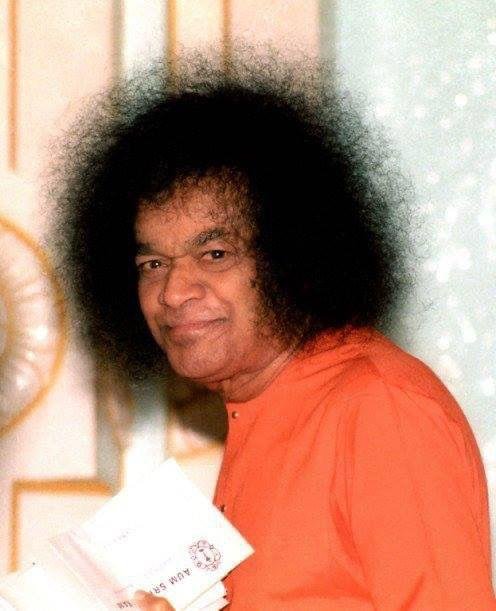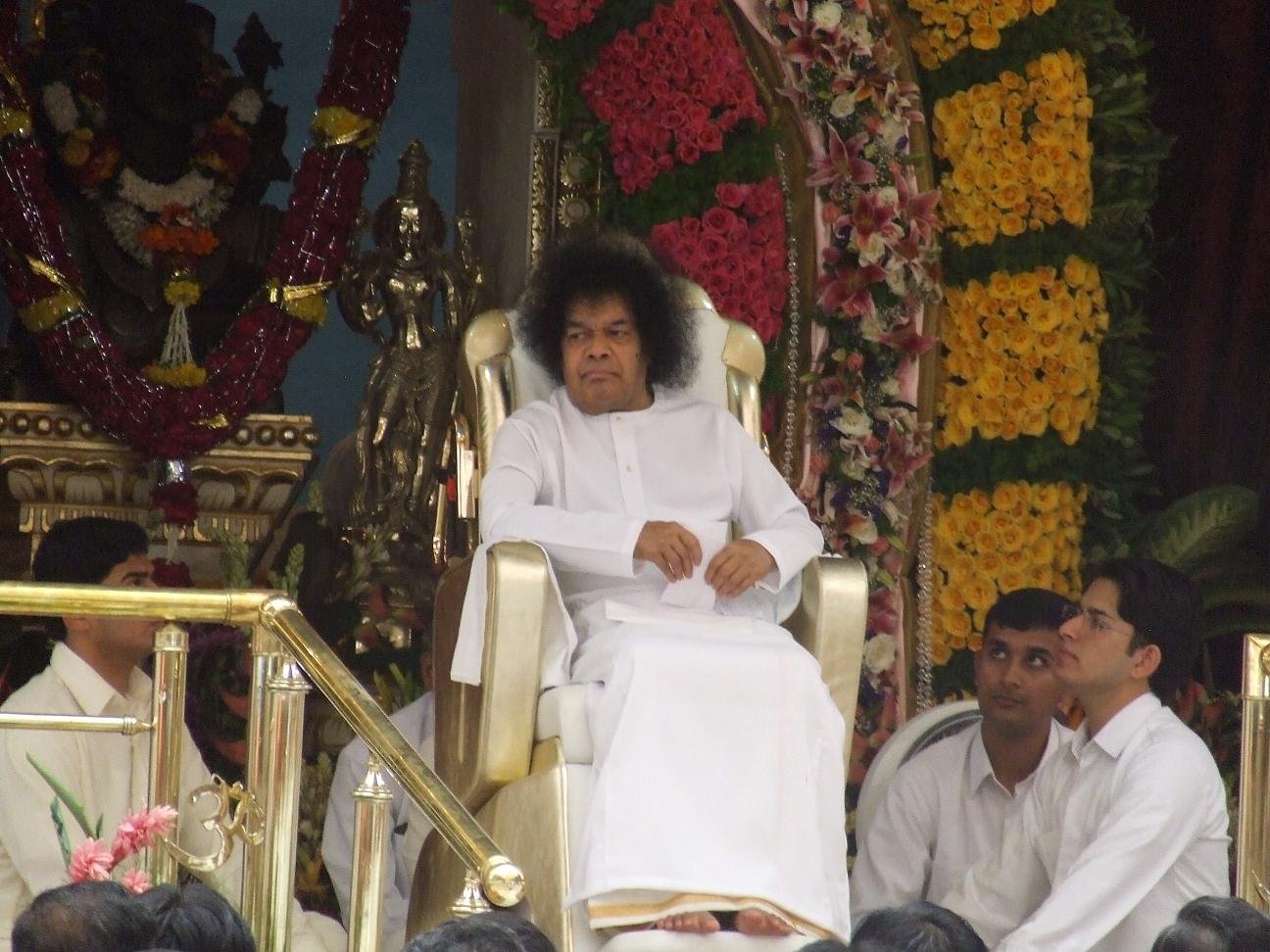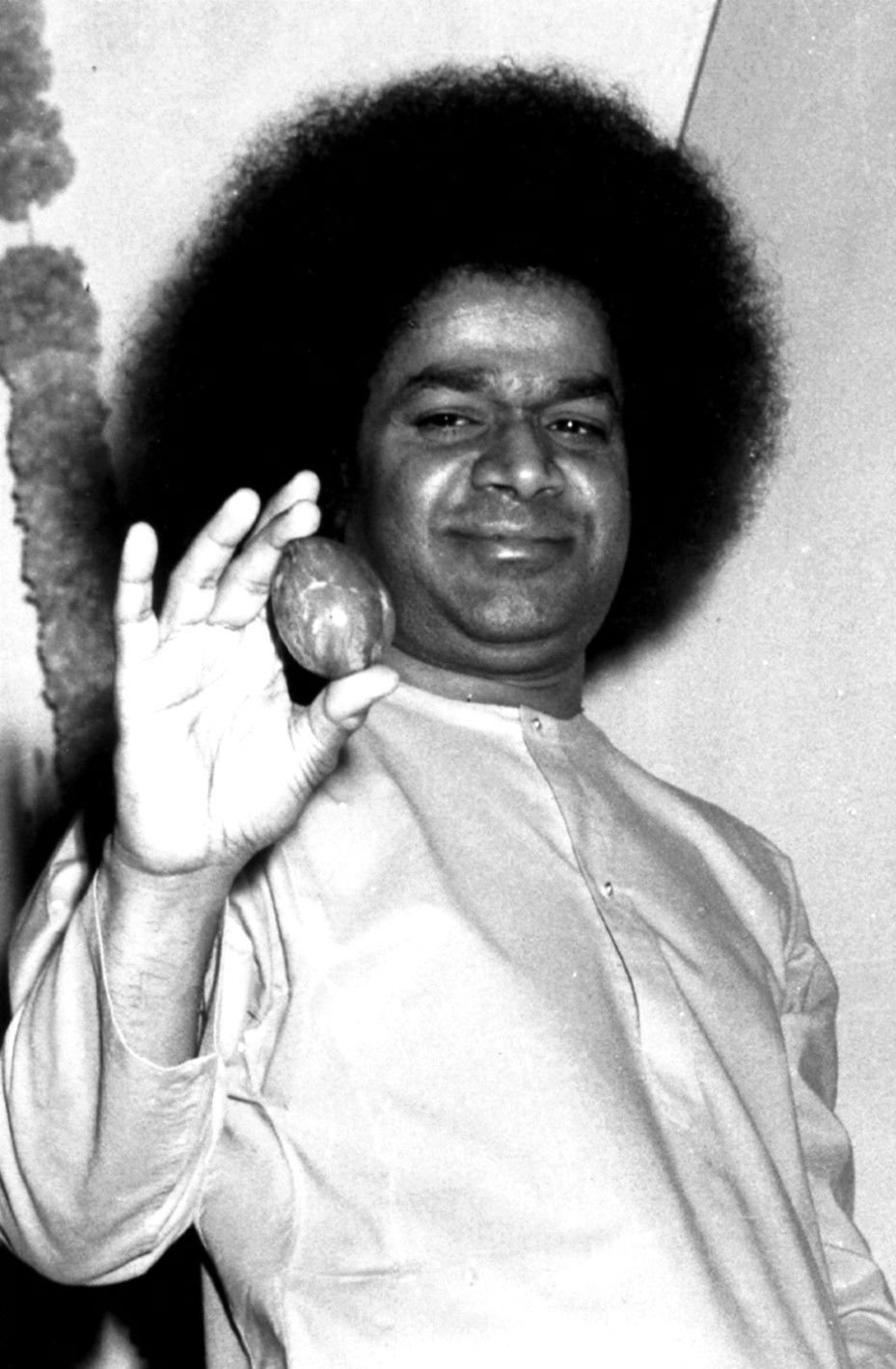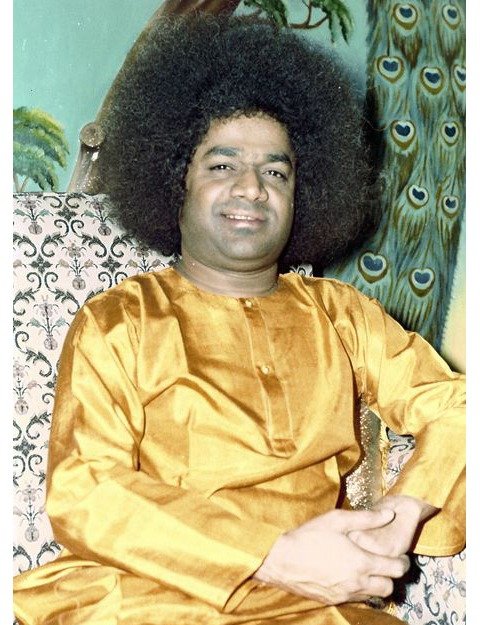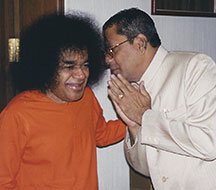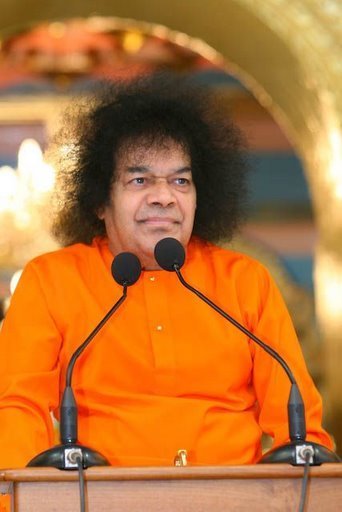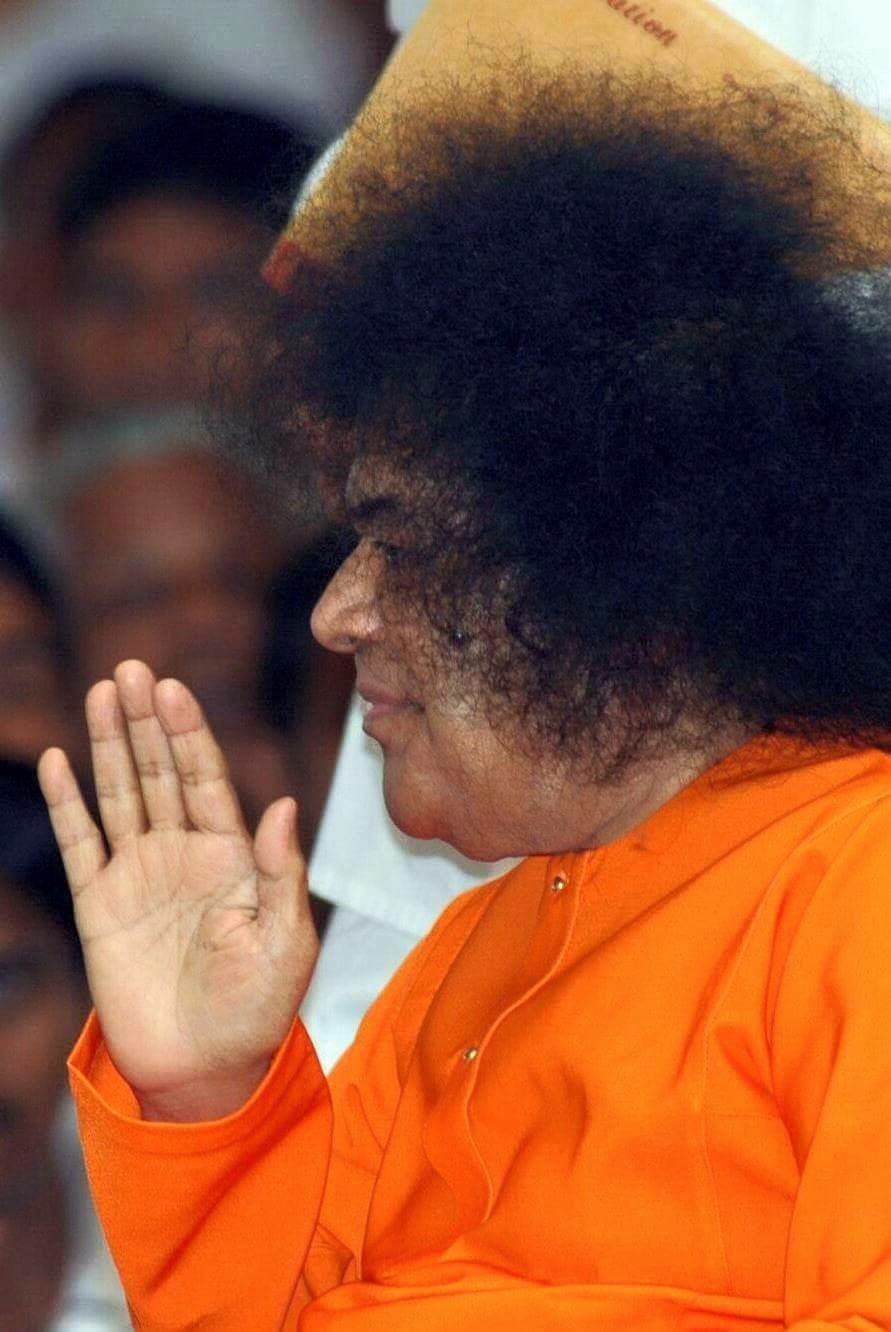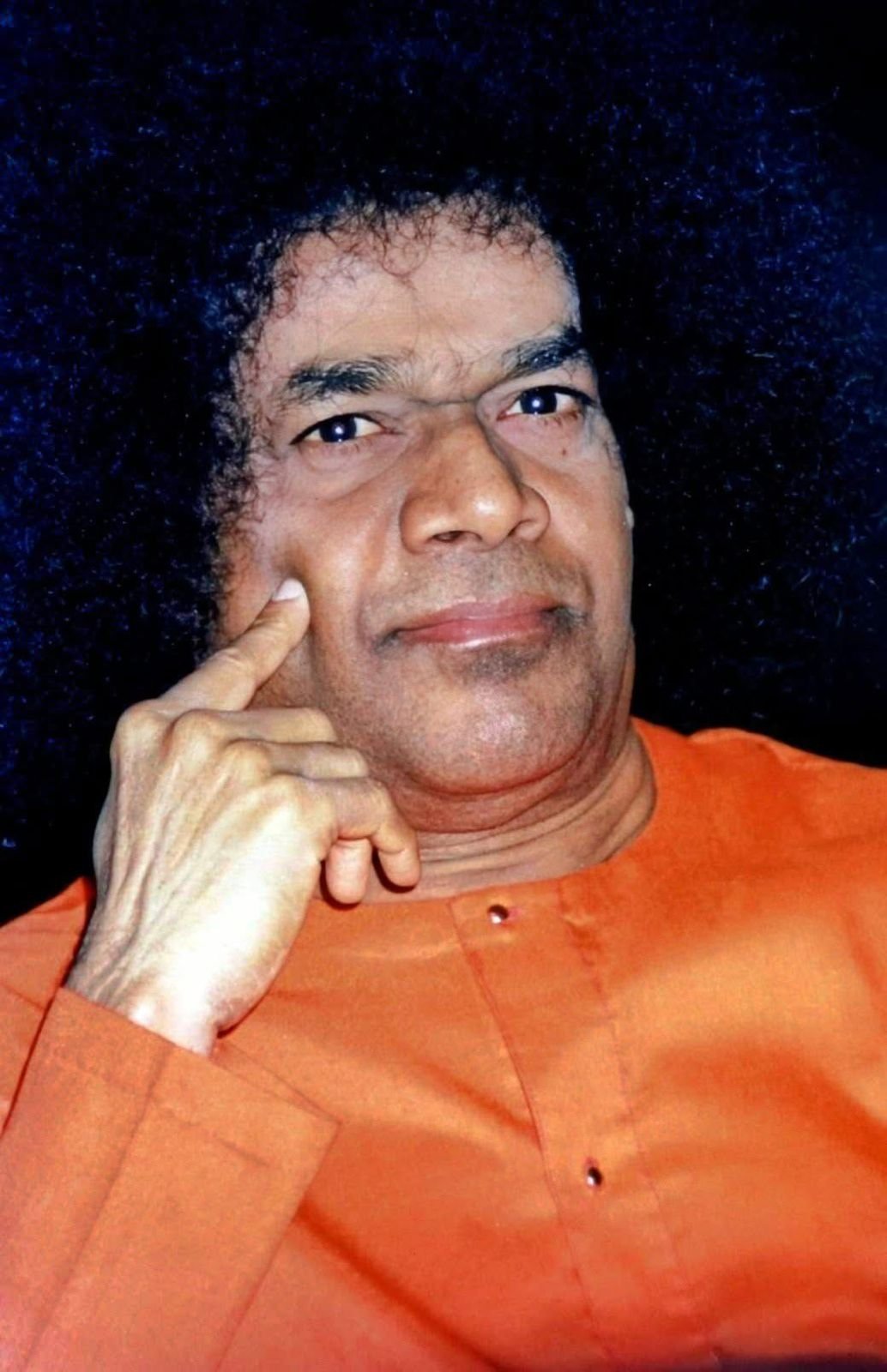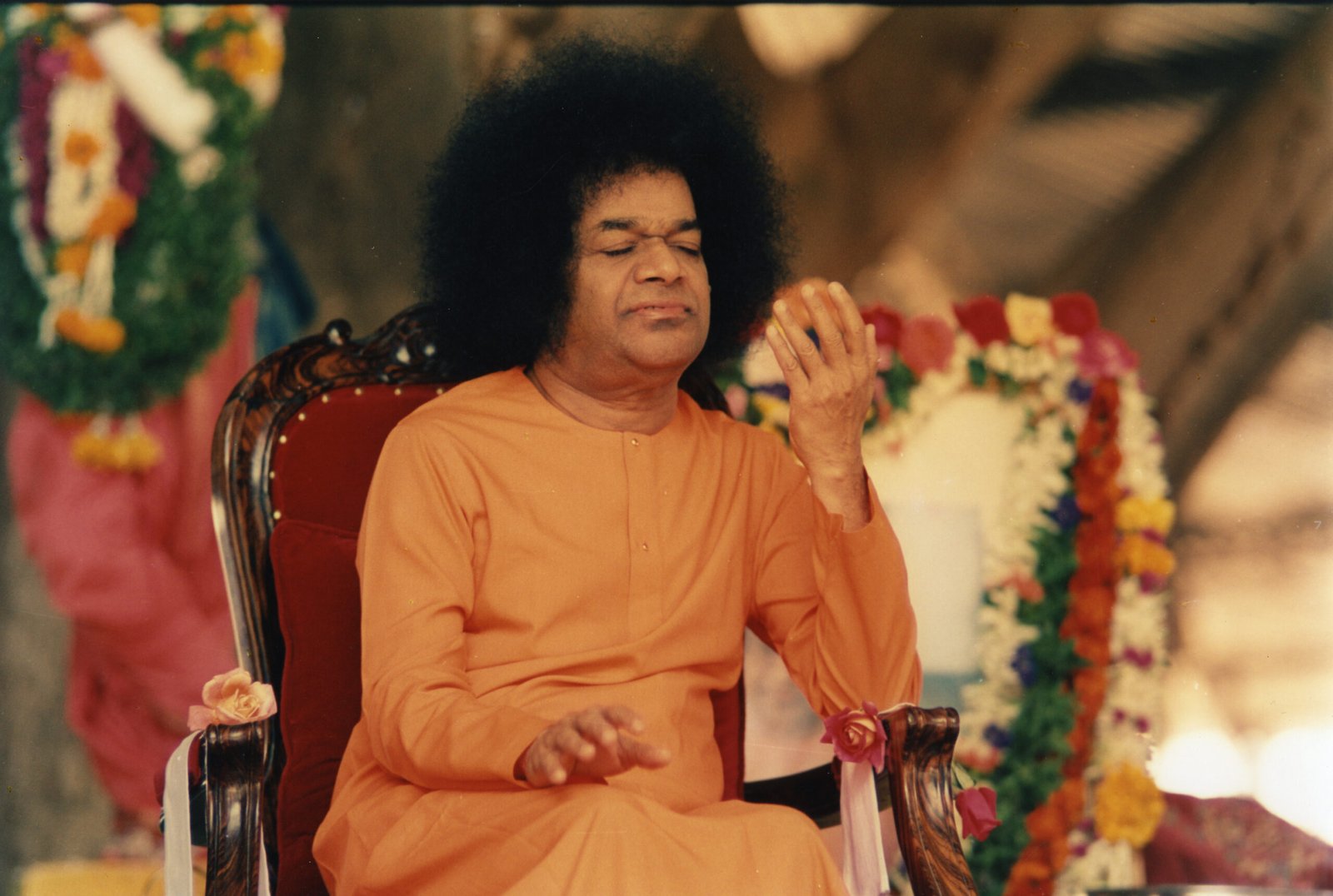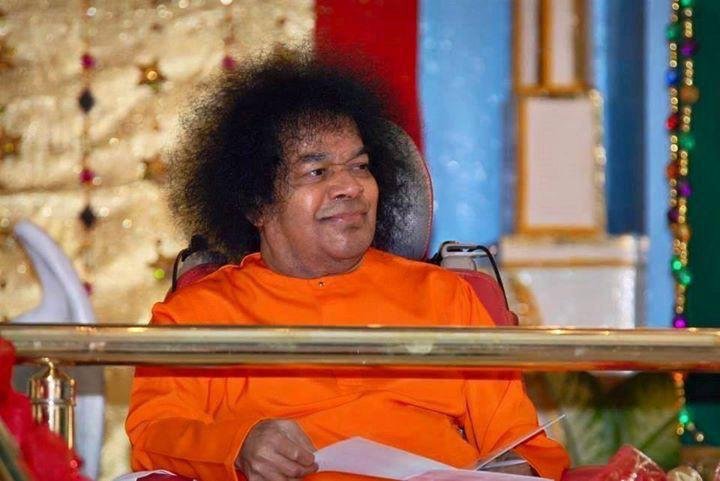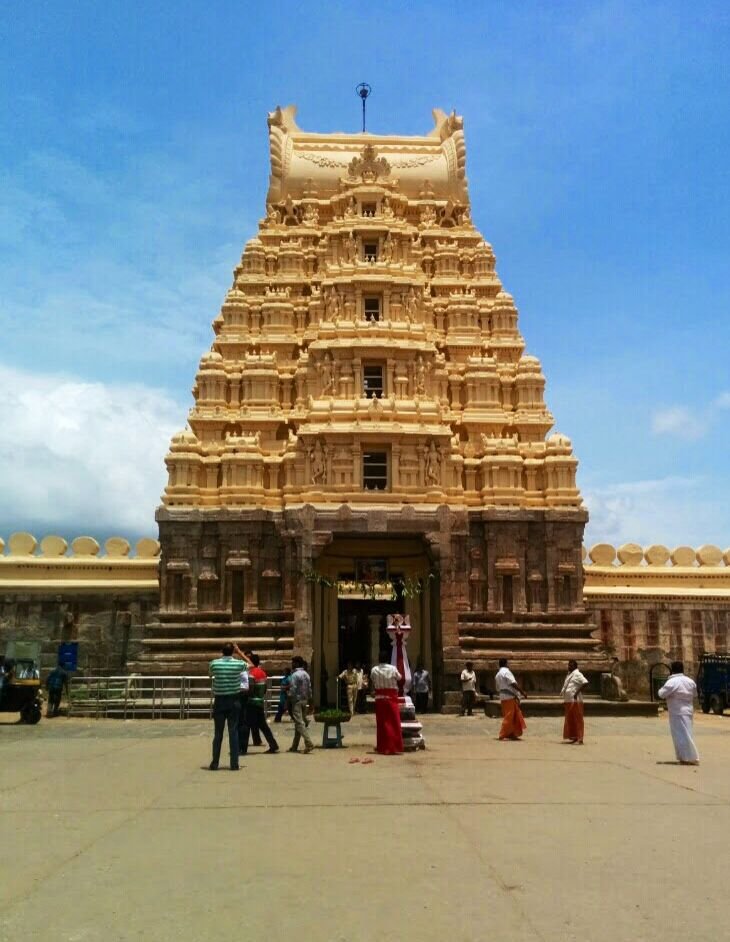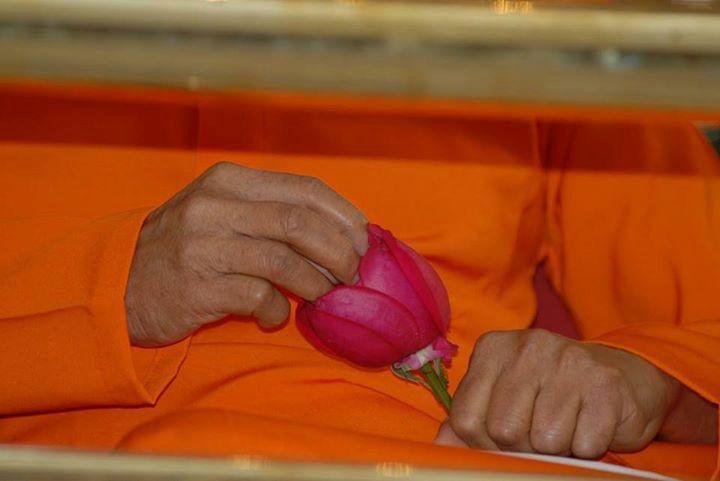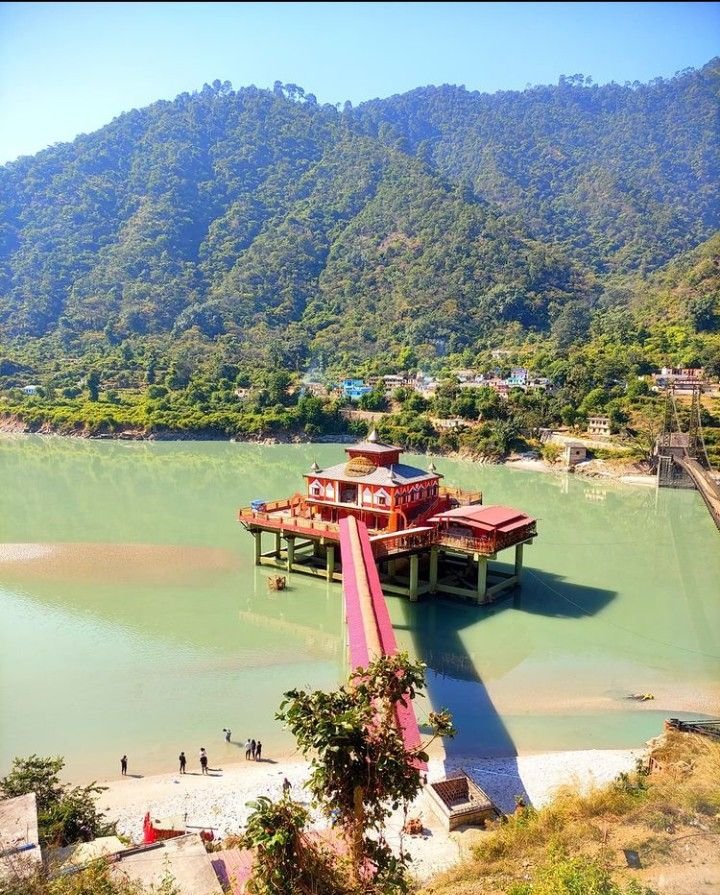
The temple holds immense spiritual significance, and devotees often undertake pilgrimages through the picturesque hills and valleys, seeking the goddess’s divine grace and protection.






Architecture of the Temple

Dhari Devi Mandir reflects the traditional Himalayan temple architecture, blending simplicity with spiritual symbolism. Constructed primarily from wood and stone, the temple harmonizes with the surrounding natural landscape of the Garhwal Himalayas. Its sloping roofs and carved wooden beams are designed to withstand heavy snowfall and monsoon rains, a characteristic feature of mountain temples.
The sanctum sanctorum houses the self-manifested (Swayambhu) idol of Goddess Dhari Devi, which is the focal point of devotion. The temple complex includes a small mandap (prayer hall) and spaces for offerings and rituals, allowing devotees to perform pujas and aartis comfortably.
Though modest compared to larger Indian temples, its rustic charm, natural setting, and spiritual energy make it architecturally significant, reflecting a design that prioritizes functionality, devotion, and harmony with nature. The temple’s style emphasizes the intimate connection between the divine, the devotee, and the Himalayan environment, making it a revered and peaceful spiritual destination.
How to Reach to Temple
1. By Road:
- Dhari Devi Mandir is located near Joshimath in Uttarakhand, along the route connecting Rudraprayag and Kedarnath.
- Well-connected roads and highways link the temple to major cities like Dehradun, Rishikesh, Haridwar, and Delhi.
- Private taxis, buses, and shared jeeps are commonly available from nearby towns.
2. By Train:
- The nearest major railway station is Rishikesh Railway Station (~230 km) or Haridwar Railway Station (~240 km).
- From the station, you can hire taxis or take buses to reach Rudraprayag, then continue by road to the temple.
3. By Air:
- The nearest airport is Jolly Grant Airport, Dehradun (~235 km).
- From the airport, taxis and buses are available to reach the temple via Rishikesh–Rudraprayag road.
4. Local Travel:
Hiring a local guide or taxi is recommended for safety and convenience.
From the nearest towns, the final stretch may require trekking or walking along mountain paths depending on seasonal road conditions.

Temple Timings



